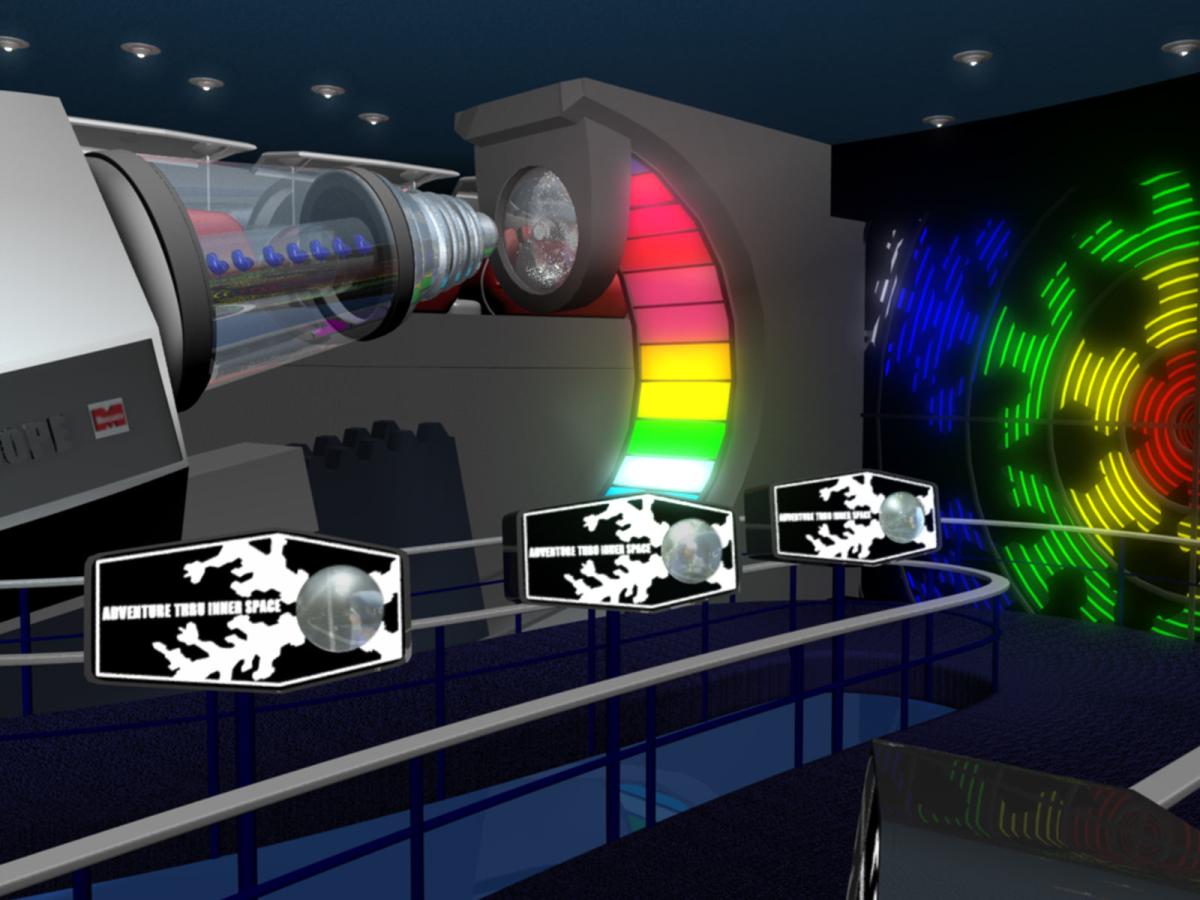NKR Consulting DBA# 2013 56029 16 June 2009
U.S. NAVY NUCLEAR SUBMARINES MISSIONS, CHARACTERISTICS AND BACKGROUND 74802
63 views
This outstanding U.S. Navy film from 1971 -- "The Submarine Part II: Backgrounds, Characteristics and Missions of Nuclear Powered Submarines" focuses on the nuclear submarines of the 1970s. The film shows how the nuclear attack submarine and the fleet ballistic missile submarines, with their sophisticated technologies and nuclear weapons capability, can provide enormous deterrent power for the United States and its allies. Both SSN nuclear attack submarines and SSBN nuclear missile submarines are shown, including Polaris missile submarines firing the A-3 missile and Poseidon. The film also traces the history of the nuclear submarine in the U.S. Navy starting in the 1950s, including the USS Nautilus and the USS George Washington (see 18 minute mark). The USS Albacore is shown at the 5 minute mark, a boat with a unique hull design that ended up becoming standard for the Navy, including with the USS Skipjack. Some of the submarines featured include the USS Sturgeon, SSN-637, USS Greenling SSN-614, fleet ballistic missile submarines, and more. The Polaris A-1 and Polaris A-2 are also shown, as well as the Polaris A-3.
The SUBROC submarine rocket is shown at the 14 minute mark -- predecessor to the submarine-launched Tomahawk cruise missile.
Also shown in this film is the DSRV-1 (27 minute mark) deep submergence rescue vehicle and the Alvin (27:30) miniature submarine and AUTEC 1 and 2, as well as the Dolphin and NR-1 research vehicle.
The Polaris missile was a two-stage Solid-fuel rocket nuclear-armed submarine-launched ballistic missile (SLBM) built during the Cold War by Lockheed Corporation of California for the United States Navy.
It was designed to be used for second strike countervalue (CEP not good enough for first strike counterforce) as part of the Navy's contribution to the United States arsenal of nuclear weapons, replacing the Regulus cruise missile. Known as a Fleet Ballistic Missile (FBM), the Polaris was first launched from the Cape Canaveral, Florida, missile test base on January 7, 1960.
Following the Polaris Sales Agreement in 1963, Polaris missiles were also carried on British Royal Navy submarines between 1968 and the mid-1990s.
Plans to equip the Italian Navy with the missile ended in the mid-60s, after several successful test launches carried out on board the Italian cruiser Giuseppe Garibaldi. Despite the successful launching tests, the US never provided the missiles, due to political convenience. Instead the Italian Government set to develop an indigenous missile, called Alfa, with a successful program, officially halted by Italian Nuclear Non-Proliferation Treaty ratification and failure of the NATO Multilateral Force.
The Polaris missile was gradually replaced on 31 of the 41 original SSBNs in the US Navy by the MIRV-capable Poseidon missile beginning in 1972. During the 1980s, these missiles were replaced on twelve of these submarines by the Trident I missile. The ten George Washington- and Ethan Allen-class SSBNs retained Polaris A-3 until 1980 because their missile tubes were not large enough to accommodate Poseidon. With USS Ohio commencing sea trials in 1980, these submarines were disarmed and redesignated as attack submarines to avoid exceeding the SALT II strategic arms treaty limits.
Many new project management techniques were introduced during the development of the Polaris missile program, to deal with the inherent system complexity. This includes the use of the Program Evaluation and Review Technique (PERT). This technique replaced the simpler Gantt chart methodology which was largely employed prior to this program.
We encourage viewers to add comments and, especially, to provide additional information about our videos by adding a comment! See something interesting? Tell people what it is and what they can see by writing something for example like: "01:00:12:00 -- President Roosevelt is seen meeting with Winston Churchill at the Quebec Conference."
This film is part of the Periscope Film LLC archive, one of the largest historic military, transportation, and aviation stock footage collections in the USA. Entirely film backed, this material is available for licensing in 24p HD and 2k. For more information visit http://www.PeriscopeFilm.com
Be the first person to like this.
Be the first person like this
U.S. NAVY SSBN SUBMARINE FLEET BALLISTIC MISSILE SYSTEM SILENT SENTINEL 28724
67 views
This U.S. Navy documentary made in the 1960s shows the service's submarine fleet, including conventional boats and the nuclear powered Polaris fleet ballistic missile submarines aka FBM Fleet Ballistic Missile boats. Engineering work on the system is seen at the 3:20 mark, at the Bureau of Ships. Inertial navigation gyroscopes are seen, for self-sustained guidance. Polaris launch tests are seen at the 6:15 mark with "Operation Peashooter" proving that missiles could be safely ejected from tubes at sea. Underwater tests are seen at "Operation Pop-up" at 6:40. Work on Polaris' engines and fuel is seen at the 8:00 mark, with solid fuels developed for the system -- a major breakthrough at the time. At 8:40, tests are seen at Cape Canaveral on the AX-series prototype birds. A test launch from a ship USNS Observation Island is seen at 11:02, and at 11:45 the launch of the USS George Washington, the first SSBN, is seen as well as the USS Theodore Roosevelt at the 13 minute mark.
The SS-416, the Balao class submarine USS Tiru, is seen at the 1:20 mark. The USS Skate is seen surfacing at the pole at the 4:50 mark, and the USS Tunny is seen launching a Regulus missile at 5 minutes.
We encourage viewers to add comments and, especially, to provide additional information about our videos by adding a comment! See something interesting? Tell people what it is and what they can see by writing something for example like: "01:00:12:00 -- President Roosevelt is seen meeting with Winston Churchill at the Quebec Conference."
This film is part of the Periscope Film LLC archive, one of the largest historic military, transportation, and aviation stock footage collections in the USA. Entirely film backed, this material is available for licensing in 24p HD and 2k. For more information visit http://www.PeriscopeFilm.com
Be the first person to like this.
Be the first person like this
The Regulation of Atomic Radiation (Special Version)
64 views
Creator(s): Department of Energy. 10/1/1977- (Most Recent)Series: Moving Images Relating to Energy, 1977 - 1985Record Group 434: General Records of the Depa...
Be the first person to like this.
Be the first person like this
HOW IT WORKS: Submarines
70 views
The basic principles of design and operation is explained demonstrating the pressure hull, conning tower, control, bridge and engine compartments and crew responsibilities.
4 people like this.

HOW IT WORKS: Nuclear Propulsion
66 views
The theory, design, and operation of a nuclear propulsion engine advantages are explained verses conventional chemical rockets such as the Saturn V.
1 person likes this.

, nicholaskevinricchiu reacted this







